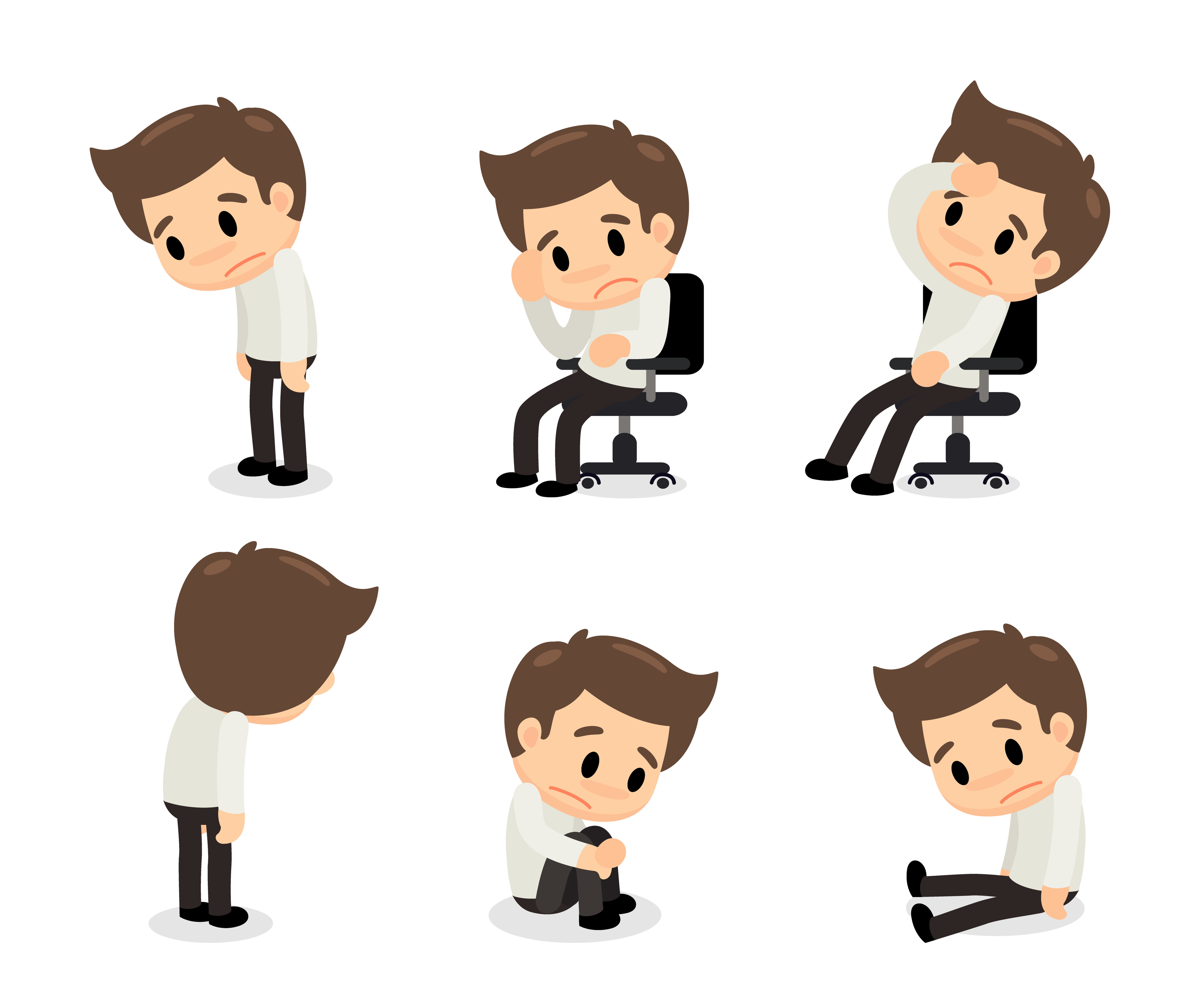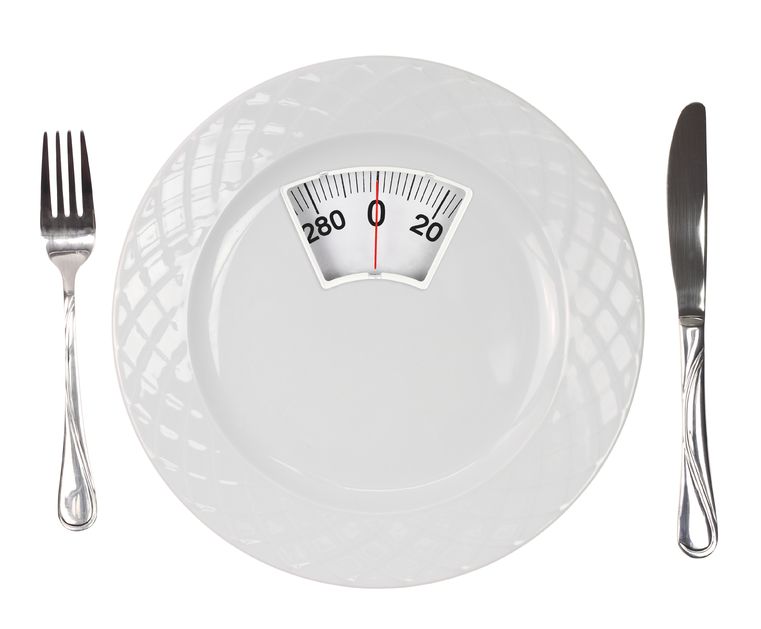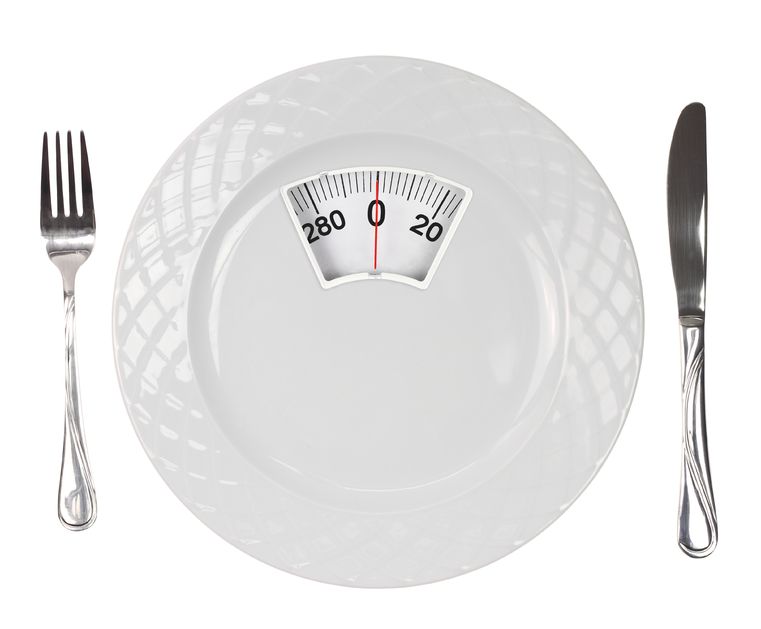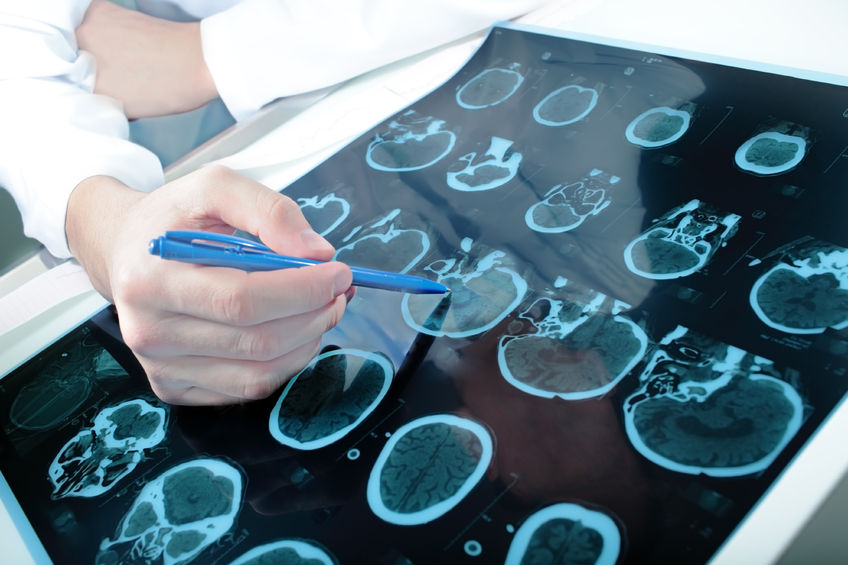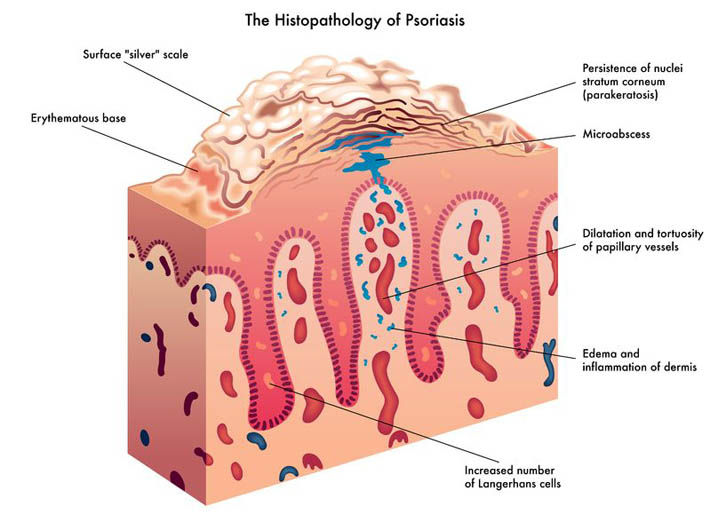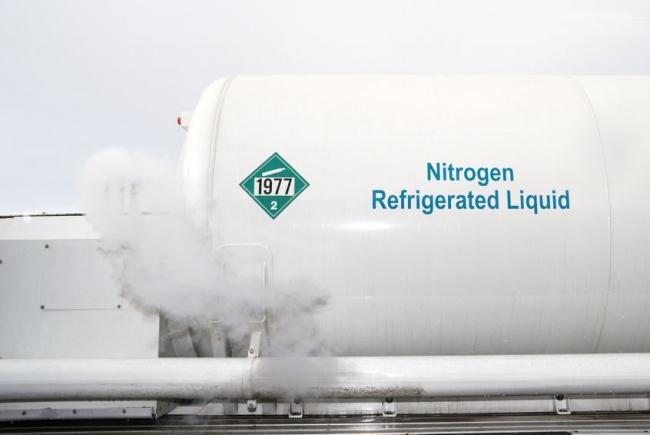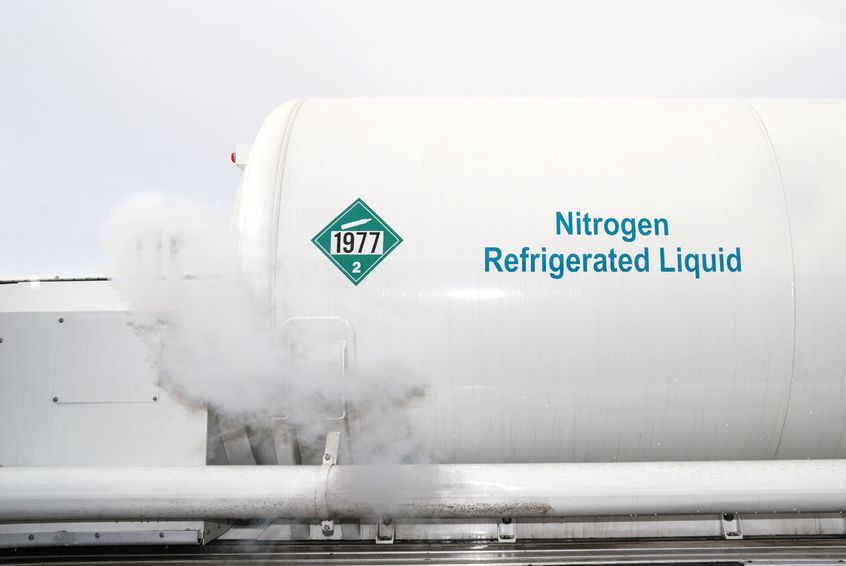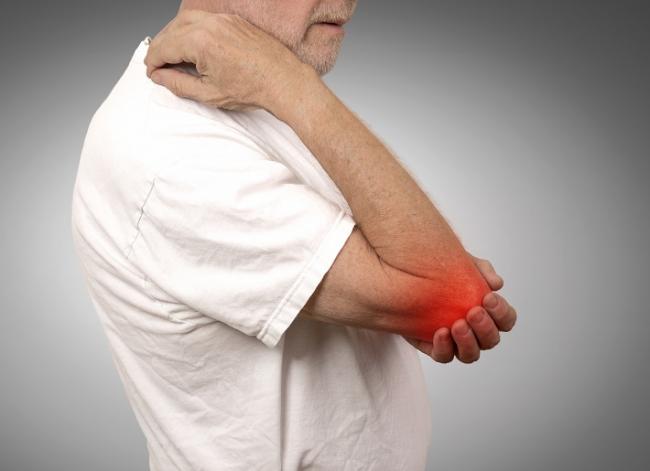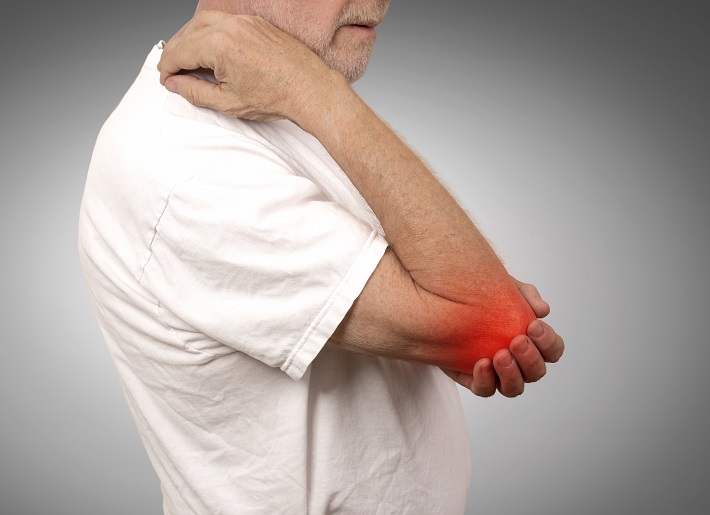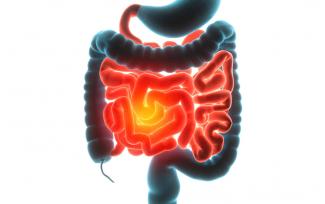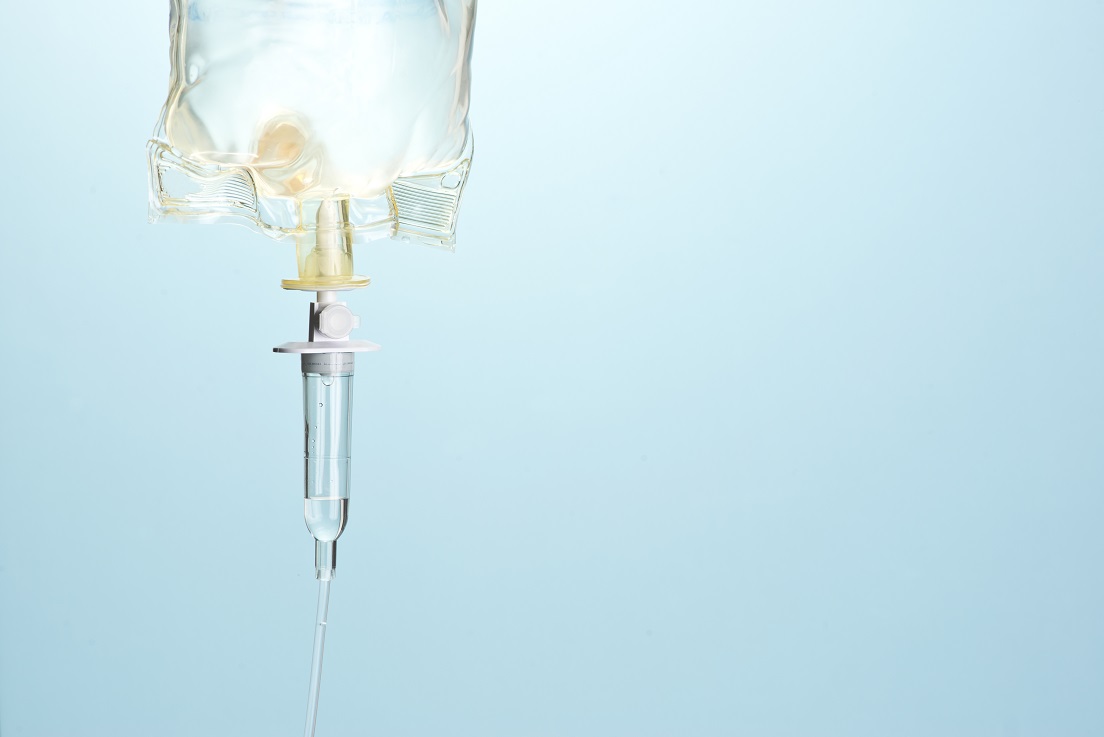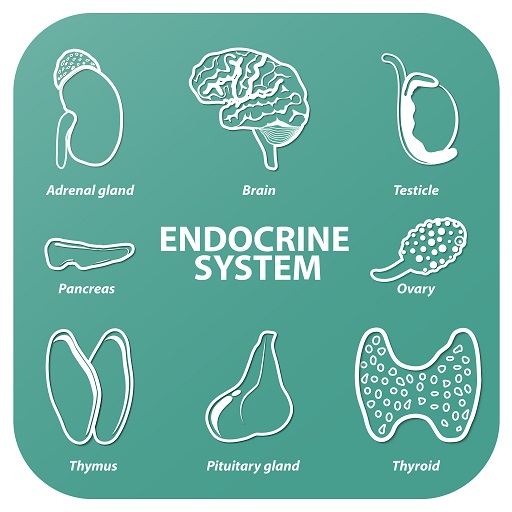Fever and Thermal Therapy - Why Heat Is a Good Thing
Have you met the people that tell you, quite proudly, they never, ever, ever get sick? Do you find yourself feeling just a wee bit jealous? Well, feel jealous no more! Exercising our immune system with a good fever may feel yucky, but it is great for all kinds of reasons. Not getting sick or spiking a fever is a red flag. From a naturopathic perspective, this means your immune system has taken a very long vacation. Which leave these “never sick” people ripe for big disease down the road. This is not a complete cause and effect, but there is a correlation. Getting sick and having a response to it is a very good thing. The signs you have a cold, sneezing, runny nose etc. are ways your body rids itself of a virus. FEVER is also part of the process. And it’s an important part of the process. Read on to learn why!
Fever and Immunity:
Fever is a key evolutionary response. It is part of our immune response that has been around since there were vertebrate animals that walked the earth. Itis a cardinal response to infection that has been conserved in animals and humans for more than 600 million years of evolution. The fever response is achieved by intricate physiological and neuronal pathways and confers a survival benefit during infection. (1) The increase of 1 to 4°C in core body temperature that occurs during fever is associated with improved survival and resolution of many infections. The research has shown that use of anti-fever medications

to diminish fever correlates with a 5% increase in mortality in human populations infected with influenza virus and negatively affects patient outcomes in the intensive care unit. (1) The fact that fever has been retained throughout our evolution strongly argues that febrile temperatures allow for a survival advantage. There are many ways in which fever offers a protective advantage. One mechanism involves direct effects of febrile temperatures on the infectious potential of pathogens. For example, temperatures in the febrile range (40–41°C) cause a greater than 200-fold reduction in the replication rate of poliovirus in cells. Fever also increases the susceptibility of certain types of bacteria to lyse, where the bacterial cells burst and die. (1) Fever plays an essential role in your immune system. A feveractivates your white blood cells (lymphocytes) and antibody production (the good guys that fight bacteria and viruses). Not only does it stimulate more immune cells it also helps direct them where to go (2). Fever helps stimulate something called a lymphocyte homing receptor which helps direct them to the proper tissue sites, so that they only attack the areas of the body that need help. (3) If we dampen down our fever response we are also dampening the body’s innate ability to rev up its immune system and fight off the offending bug.
Another mechanism in which fever helps us fend off foreign invaders is that it initiates iron storage in the Liver so bacteria can’t use it to survive. This is a key element to stopping bacterial infections. The combination both of fever AND an iron poor environment does not slows the process of bacterial replication, allowing the immune system to do the rest. (4) Our body is so well designed, if we give it the chance to do what it is designed to do, we will be better off in the long term.
Thermal (heat) therapy at treatment for disease:
Fever is in fact so important, we are now seeing fever therapy as an emergent trend in health care. Although thermal therapy can be traced back hundreds of years, we are seeing it used in new and novel ways. Hyperthermia (high temperatures to induce a local or total body fever-like response) is used as part of innovate treatments for certain health conditions. Thermal therapy is seen now being used in cancer treatments either on its own (with temperatures over 45C) or as an adjunct to chemotherapy (at more moderate temps of 38-41C). Increased blood flow and vascular permeability caused by hyperthermia improves the delivery of various therapeutic agents such as chemotherapy drugs, immunotherapeutic agents and genetic constructs for gene therapy to tumor cells. (5) Increasing body temperature, through simple mechanisms like sauna for example, is used in
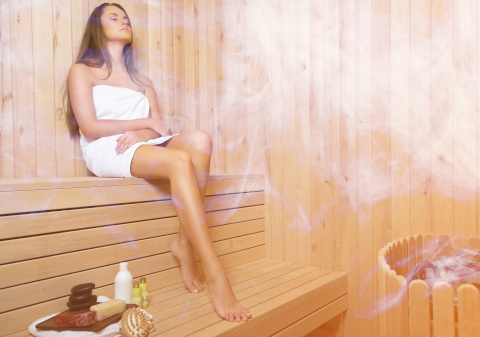
lifestyle diseases such as obesity, diabetes and cardiac health. Sauna helps with blood vessel dilation and tends to improve vessel health overall. This has been shown in studies with patients who have congestive heart failure (CHF). 60°C sauna therapy for 15 min improved blood circulation parameters in patients with CHF, including cardiac index, mean pulmonary wedge pressure, systemic and pulmonary vascular resistance, and cardiac function (7) We also see improved weight loss with sauna therapy, which helpful in the prevention of type 2 diabetes. (8)The use of heat therapy in people with type 2 diabetes mellitus revealed a striking reduction of 1% unit in the glycated hemoglobin, which is a marker of blood sugar regulation over time. (8). Stepping in a sauna for 15 minutes 3x a week is relatively easy to achieve, and confers so many health benefits, it’s definitely worth a try!
Relax, your brain has got this!
A fever cannot cause brain damage unless it reaches 42 C for a long period of time. Your brain has a great way of keeping this in check during an infection. Usually you will not see temperatures rise about 41C. As for seizures, the vast majority (96 percent) of children do not have seizures with a fever. About 4 percent of children can have a seizure with a fever – this is called a febrile seizure. Febrile seizures are scary to watch, but they usually stop within five minutes. They do not cause brain damage or have long-term side effects. Children who have had febrile seizures are not at greater risk for developmental delays or learning disabilities. (6)Even the management of febrile seizures in the pediatric population has moved away from antipyretic use as prophylaxis since fever reducing drugs do not reduce seizure recurrence (6)
What to do during a fever? Does the old adage starve a fever feed a cold apply?
- With a fever, you are likely to sweat more, make sure you stay hydrated. Often fever is also associated with nausea or vomiting so water, tea and even juice can be helpful to give you strength and energy to heal.
- Make sure you rest and take the time you need to let your body recover.
- In terms of eating, you do in fact, need energy and nutrients to help your immune system stay strong. Small meals of easily digested foods are most helpful. Smoothies and soups are relatively easy on the system and will give you plenty of nutrients to fight off your infection.
When to be concerned and when to refer to your doctor or head to the ER
- If the fever continues to rise past 41C- 42C – this can indicate a more serious condition (meningitis can trigger higher fever accompanied by stiff neck, aversion to light)
- Fever that lasts more than 5 days
- If your child is un responsive, very lethargic, or will not stop crying for extended periods of time
- When you are unsure… play it safe and call your doc!
To sum up, in general, “If fever is by your side, let it ride”. It’s uncomfortable, but necessary. It will help you maintain a healthy immune system, and fight off the bug that’s ailing you. Adding saunas, thermal therapy to your weekly routine has extra health benefits as well. Don’t be afraid of the heat!
References:
- Nat Rev Immunol. 2015 Jun;15(6):335-49. doi: 10.1038/nri3843. Epub 2015 May 15.Fever and the thermal regulation of immunity: the immune system feels the heat.Evans SS1, Repasky EA1, Fisher DT1.
- J Immunol. 1998 Jan 15;160(2):961-9.Fever-range hyperthermia enhances L-selectin-dependent adhesion of lymphocytes to vascular endothelium.Wang WC1, Goldman LM, Schleider DM, Appenheimer MM, Subjeck JR, Repasky EA, Evans SS.
- J Immunol. 1998 Jan 15;160(2):961-9.Fever-range hyperthermia enhances L-selectin-dependent adhesion of lymphocytes to vascular endothelium.Wang WC1, Goldman LM, Schleider DM, Appenheimer MM, Subjeck JR, Repasky EA, Evans SS.
- Science. 1979 Jan 26;203(4378):374-6.Fever and reduced iron: their interaction as a host defense response to bacterial infection.Kluger MJ, Rothenburg BA.
- Int J Hyperthermia. 2005 Dec;21(8):761-7.Implications of increased tumor blood flow and oxygenation caused by mild temperature hyperthermia in tumor treatment.Song CW1, Park HJ, Lee CK, Griffin R.
- Patel N, Ram D, Swiderska N, et al. Febrile seizures. BMJ 2015;351:h4240
- Circulation 91:2582–2590, 1995. Acute hemodynamic improvement by thermal vasodilation in congestive heart failure. Tei C, Horikiri Y, Park JC, Jeong JW, Chang KS, Toyama Y, Tanaka N.
- CurrOpinClinNutrMetab Care. 2015 Jul;18(4):374-80. Heat shock proteins and heat therapy for type 2 diabetes: pros and cons.Krause M1, Ludwig MS, Heck TG, Takahashi HK.




